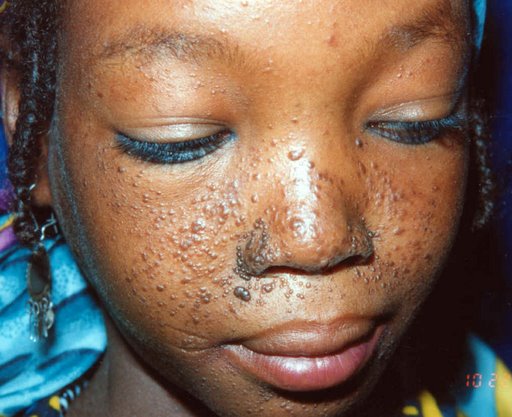MRCP2-0931
A 27-year-old male with a history of epilepsy presents with a fever and rash. He has been experiencing difficulty controlling his seizures and has recently started taking carbamazepine and valproate. Over the past week, he has developed a painful, diffuse erythematous rash that appears to slide laterally upon palpation. In addition, he has blistering and inflammation in his oral cavity. What is the probable diagnosis?
